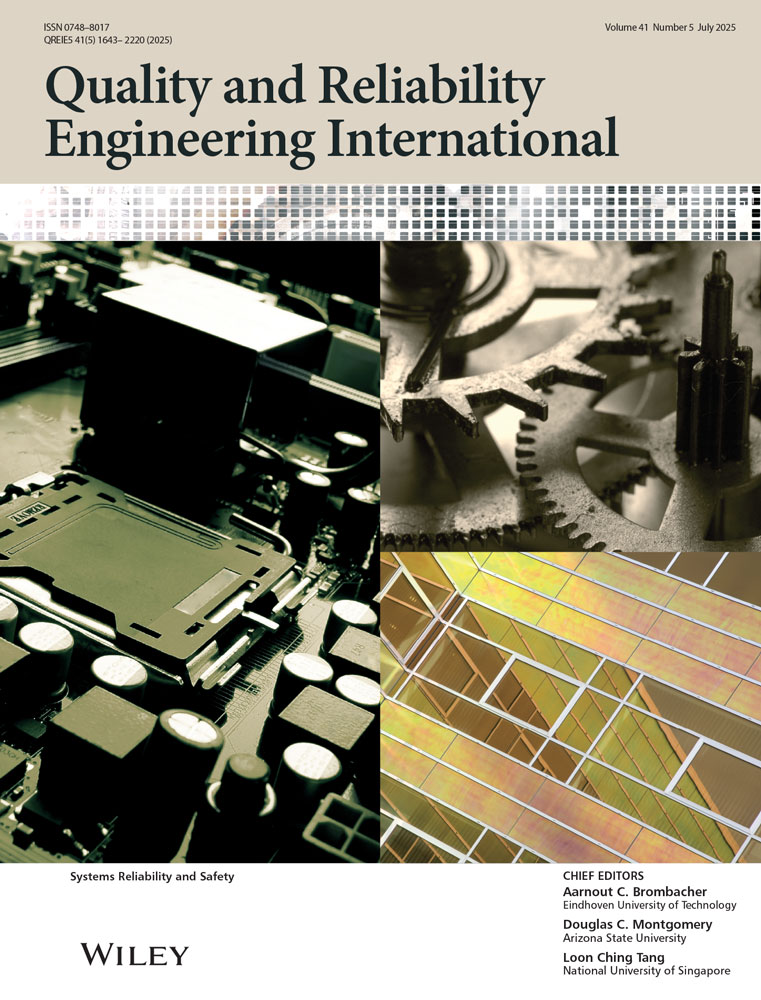Protection Survivability Importance in Systems with Multilevel Protection
Abstract
This paper considers systems that can have different states corresponding to different combinations of available elements constituting the system. Each state can be characterized by a performance rate, which is the quantitative measure of a system's ability to perform its task. Both the impact of external factors (attack) and internal causes (failures) affect system survivability, which is determined as the probability of meeting a given demand. In order to increase the system's survivability a multilevel protection is applied to its subsystems. This means that a subsystem and its inner level of protection are in turn protected by the protection of an outer level. This double-protected subsystem has its outer protection and so forth. In such systems, the protected subsystems can be destroyed only if all of the levels of their protection are destroyed. Each level of protection can be destroyed only if all of the outer levels of protection are destroyed. In such systems, different protections play different roles in providing for the system's survivability. The evaluation of the relative influence of the protections' survivability on the survivability of the entire system provides useful information about the importance of these protections. The protection survivability importance index is introduced in order to evaluate this influence and an algorithm for evaluating the index is presented. The relevancy of protection is also considered. Illustrative examples are presented. Copyright © 2004 John Wiley & Sons, Ltd.




